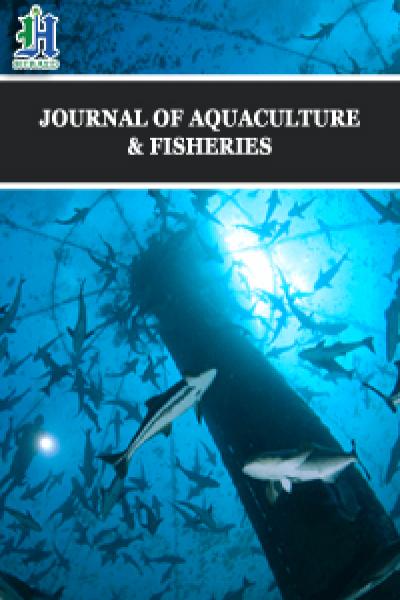
Fish Breeding & Genetics
Fish breeding and genetics play a vital role in advancing aquaculture by enhancing productivity, sustainability, and disease resistance in cultured species. Selective breeding programs have enabled the development of fast-growing and resilient fish strains, improving feed conversion rates and overall yield. Genetic techniques, including marker-assisted selection and genome editing, are increasingly being used to identify and propagate desirable traits such as growth performance, stress tolerance, and reproductive efficiency. Hybridization and polyploidy are also employed to create new strains with superior characteristics. The integration of biotechnology in fish breeding contributes to the conservation of genetic diversity and supports the sustainable expansion of aquaculture.
Research in fish genomics has further deepened the understanding of gene functions and their roles in traits critical to aquaculture, opening new avenues for innovation. Moreover, genetic monitoring ensures the maintenance of healthy breeding populations, reducing the risk of inbreeding and preserving genetic integrity. As global demand for fish continues to rise, advancements in fish breeding and genetics are essential to meet production targets while maintaining environmental balance. The Journal of Aquaculture & Fisheries encourages contributions that explore innovative approaches and findings in this dynamic field, fostering the responsible growth of aquaculture industries worldwide.

